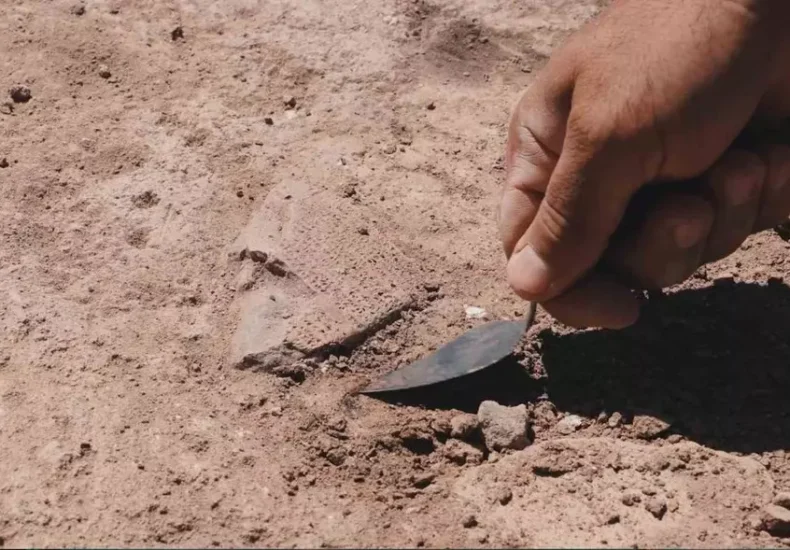
3,300-Year-Old Hittite Tablets and Official Seals Unearthed at Oylum Höyük Reveal a Lost Administrative Center
Archaeologists working at Oylum Höyük in Kilis, near the Turkish–Syrian border, have uncovered four cuneiform tablets — two written in Hittite and two in Akkadian — along with five clay seal impressions belonging to local administrators of the Hittite Empire. The finds, dating to the 13th–14th centuries B.C., shed new light on how the empire governed its southern provinces during the Late Bronze Age.
Led by Professor Atilla Engin of Gaziantep University, the excavations are conducted under the “Geleceğe Miras (Future to Heritage) Project”, supported by Türkiye’s Ministry of Culture and Tourism and the Kilis Governor’s Office. The 2025 season, Engin said, has been “one of the most productive in decades.”
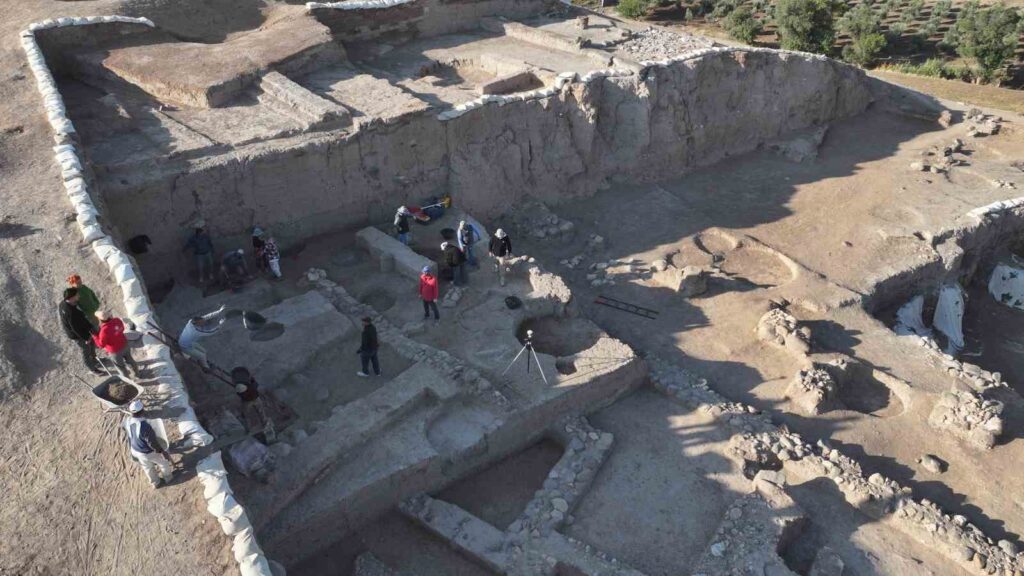
Hittite Archive Hidden Beneath the Iron Age Layers
Excavations beneath the Iron Age strata exposed two distinct Late Bronze Age layers where a monumental building — believed to have served a Hittite governor — once stood. Within its collapsed rooms, archaeologists recovered the tablets and sealings, which appear to have been buried by a sudden conflagration.
Preliminary readings by Hittitologist Assoc. Prof. Metin Alparslan revealed that the Hittite tablets contain literary texts, while the Akkadian tablets document economic and construction activities. The discovery not only expands the known corpus of Hittite-period documents but also confirms that Oylum Höyük functioned as a regional administrative and economic hub under imperial control.
📣 Our WhatsApp channel is now LIVE! Stay up-to-date with the latest news and updates, just click here to follow us on WhatsApp and never miss a thing!!
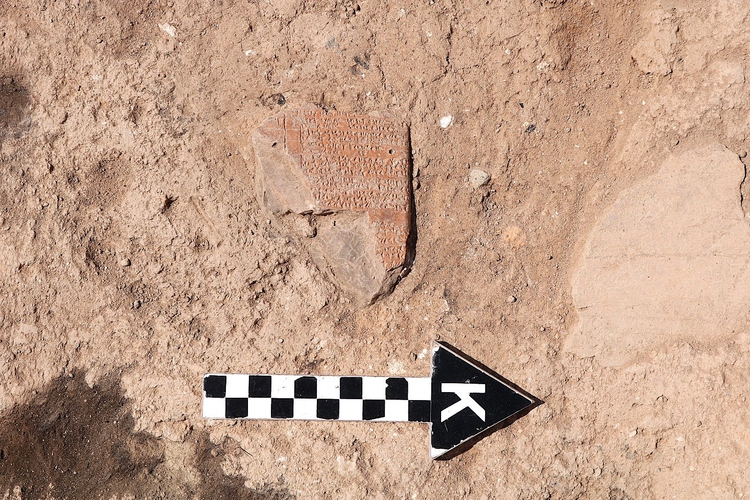
“These documents provide direct evidence of the bureaucratic life in the southern frontier of the Hittite realm,” Engin explained. “The monumental building, with its courtyard and archives, clearly belonged to a provincial elite.”
A Burning City at the Edge of an Empire
Traces of intense fire across the complex suggest the building met a sudden end — possibly linked to political turmoil in the late Hittite period. Yet, paradoxically, that same destruction sealed the archive and preserved it for over three millennia.
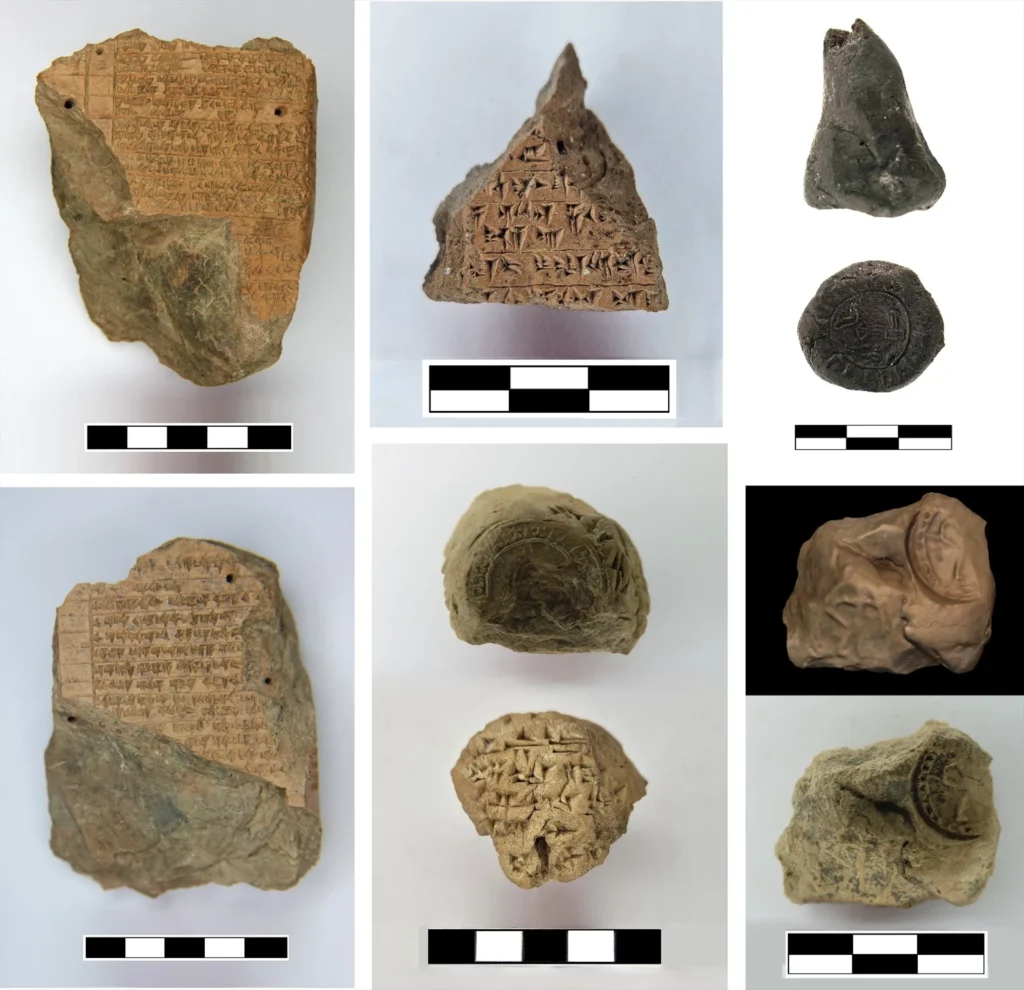
Earlier campaigns at Oylum Höyük had already yielded royal seal impressions and a single Hittite tablet. The newly discovered group confirms that the site was far more than a trade outpost: it was an imperial stronghold bridging Anatolia and northern Syria, where scribes managed taxation, construction, and communication between regional governors.
Future Excavations Aim to Uncover More of the Hittite Archive
Engin’s team hopes to reveal the building in its entirety over the coming years. “We believe additional documents remain under the collapsed debris,” he noted. “Each new find brings us closer to understanding how the Hittite administration operated in this volatile border zone.”
You may also like
- A 1700-year-old statue of Pan unearthed during the excavations at Polyeuktos in İstanbul
- The granary was found in the ancient city of Sebaste, founded by the first Roman emperor Augustus
- Donalar Kale Kapı Rock Tomb or Donalar Rock Tomb
- Theater emerges as works continue in ancient city of Perinthos
- Urartian King Argishti’s bronze shield revealed the name of an unknown country
- The religious center of Lycia, the ancient city of Letoon
- Who were the Luwians?
- A new study brings a fresh perspective on the Anatolian origin of the Indo-European languages
- Perhaps the oldest thermal treatment center in the world, which has been in continuous use for 2000 years -Basilica Therma Roman Bath or King’s Daughter-
- The largest synagogue of the ancient world, located in the ancient city of Sardis, is being restored

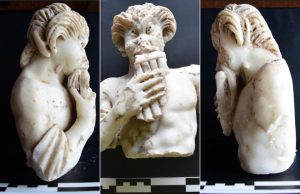
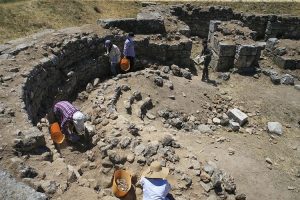
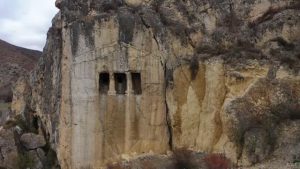
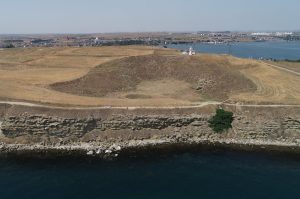

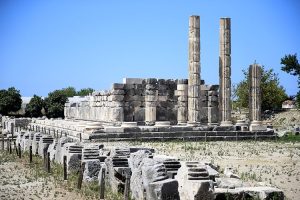


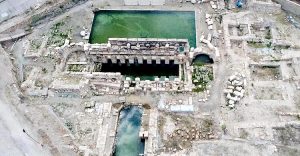
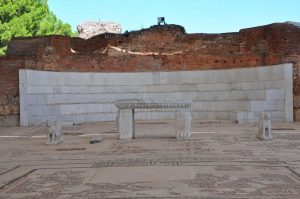
Leave a Reply